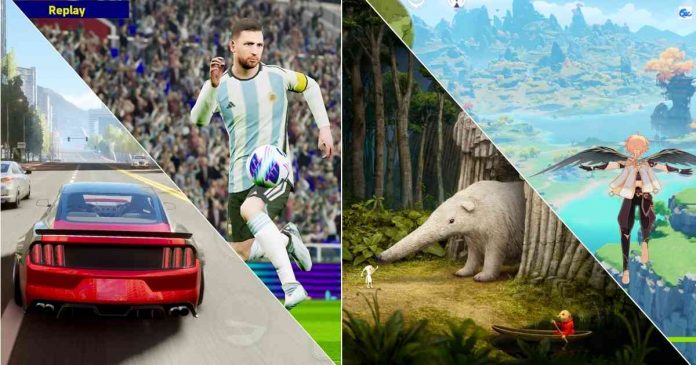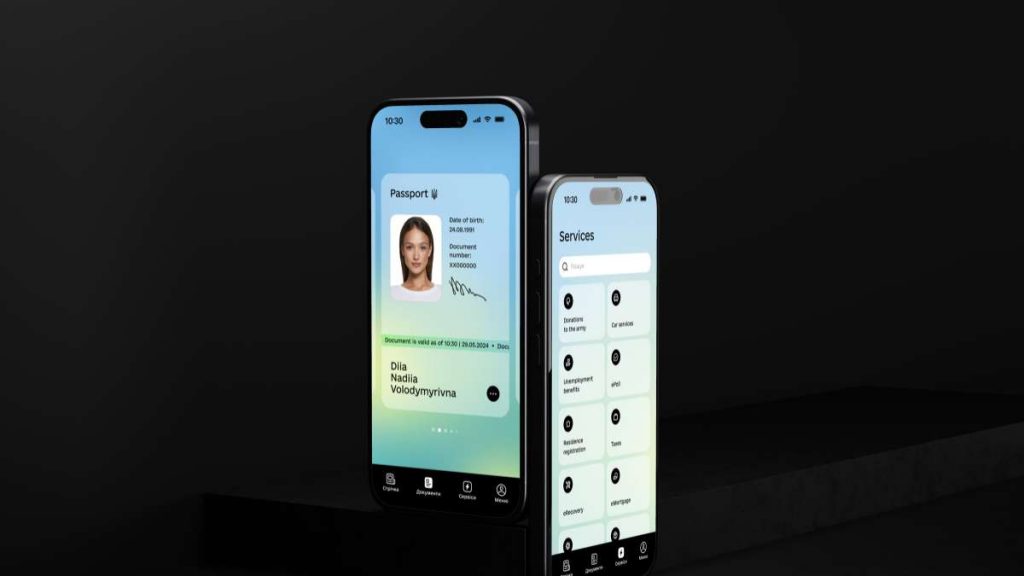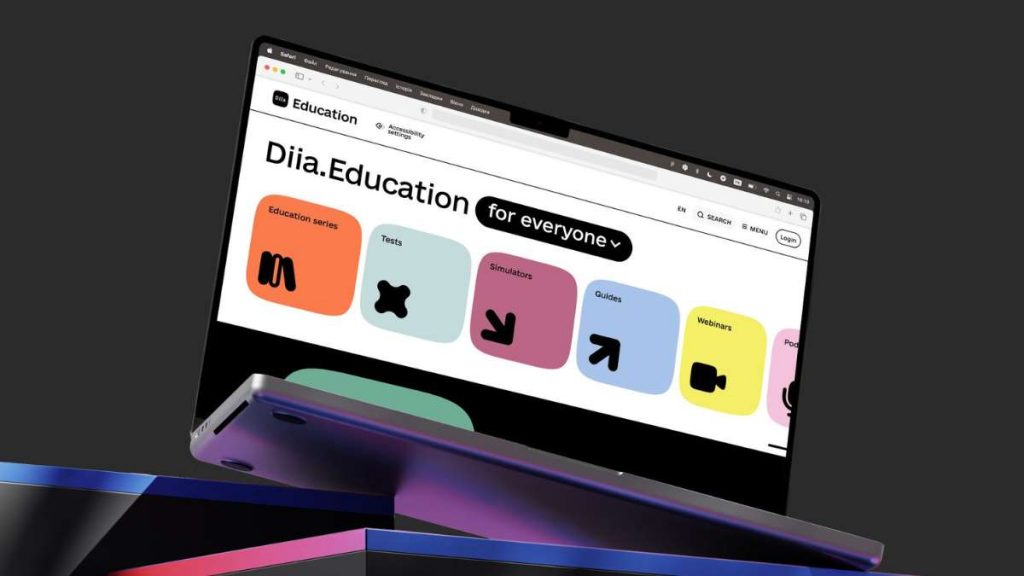Embark on a journey through enchanted lands, battle formidable foes, and unravel mysteries with our handpicked selection of the best mobile RPGs on Android and iOS platforms.
RPGs (Role-Playing Games) have carved out a prestigious niche, offering gamers an escape into worlds of unparalleled adventure and strategy. With the evolution of mobile gaming, the RPG genre has seen a surge in both quality and diversity, catering to a wide range of preferences from classic turn-based strategies to action-packed adventures. Dive into this list and discover not just games but worlds waiting to be explored, all available at your fingertips. Let the adventure begin!
Contents
1. Genshin Impact
Step into the vast and vibrant world of Teyvat in Genshin Impact, a game that has captured the hearts of over 50 million players worldwide. This massive open-world RPG for smartphones allows you to embark on a remarkable journey alongside your sibling, separated by an unknown god, stripped of your powers, and cast into a deep slumber. Awakening in a world much changed, your quest for answers from The Seven — the gods of each element — begins. The game’s visuals are a feast for the eyes, with a stunning art style, real-time rendering, and finely tuned character animations that deliver a truly immersive experience.
2. Honkai: Star Rail
Honkai: Star Rail is a captivating space fantasy RPG where players explore the galaxy’s infinite wonders and engage in thrilling adventures. The gamers are treated to a universe filled with diverse worlds, each offering unique and never-before-seen views of the galaxy. The game stands out for its riveting RPG experience, where players shape the story through their choices, enhanced by high-quality cinematics rendered in real-time and a dynamic facial expression system. Players will meet and ally with a variety of compelling characters, from an amnesiac girl to a noble guard, each bringing their unique stories and strengths to the journey.
3. 20 Minutes Till Dawn
20 Minutes Till Dawn is an enthralling roguelike shoot’em up game that has captured the hearts of gamers with its intense survival challenges. In the game, players defend against hordes of Lovecraftian monsters, aiming to survive the night. Each run offers a unique experience, allowing players to select from over 80 different upgrades to craft overpowered builds. Whether you choose to become a fire wizard, igniting monsters with your shotgun, or an agile ninja wielding magic knives, the game ensures a fresh adventure every time.
4. Postknight
Postknight redefines the RPG experience by distilling its essence into bite-sized, engaging adventures perfect for on-the-go gaming. Set in the grand kingdom of Kurestal, players take on the role of a Postknight, a knight charged with making difficult and dangerous deliveries. The game breaks down traditional RPG adventures into manageable segments, allowing players to experience the thrill of the genre without the time commitment typically required. From customizing your armor and weapons to mixing potions and choosing strategic skills, Postknight delivers a rich and rewarding experience in every delivery run.
There is also Postknight 2 to get more adventure through this fantasy world.
5. Pokémon Quest
Pokémon Quest is a unique RPG adventure for Android and iOS that transforms the beloved Pokémon into cube-shaped companions, inviting players to explore the blocky terrains of Tumblecube Island. As you journey across the island, you’ll have the opportunity to befriend Pokémon and build your own distinctive team. The items you collect on your explorations can be used to strengthen your team or to make new Pokémon friends, allowing for endless team customization and strategy. Additionally, players can personalize their base camp with cute decorative items, enhancing the gameplay experience and making each adventure on Tumblecube Island uniquely rewarding.
6. Magic Rampage
Magic Rampage is an exhilarating platformer that masterfully blends RPG elements with fast-paced action gameplay. In the game, you have to fight your way out of different dungeons — each introduces new obstacles, enemies, and seemingly inaccessible secrets to uncover. You can customize your characters and arm them with a wide array of weapons, from nimble daggers to powerful magical staves. The game also features a competitive online mode where players from around the globe can compete on randomly generated levels with unique bosses, exclusive gear, and content.
7. Botworld Adventure
Botworld Adventure is an epic open-world RPG that has garnered attention for its unique blend of exploration, strategy, and customization. Players can explore a diverse landscape filled with lush forests, arid deserts, and hidden secrets. The game stands out for its strategic battle system, where players outsmart foes using a team of bots, each with unique abilities and powerful ultimates. The freedom to customize and upgrade these bots adds a layer of depth to the gameplay, ensuring that no two players’ experiences are the same.
8. The Wild Darkness
The Wild Darkness is a captivating mobile role-playing game set in a mysterious world shrouded in darkness. After a sorcerer completes a dark ritual, you find yourself awakening in an unfamiliar forest, with no memory of how you got there. This game plunges you into a realm where survival is key, and every decision counts. As a player, you’re summoned to this otherworldly place against your will, facing the challenge of finding food and water while avoiding the dangers that lurk at night. The stakes are high, as letting your guard down could mean the end of your journey. This game demands patience and focus from its players, offering a rewarding experience for those willing to embrace its challenges.
9. Ares Virus
Ares Virus is a 2D survival mobile RPG set in a post-apocalyptic world where humanity teeters on the brink of extinction due to the Ares virus outbreak. Players are thrust into a city overrun by zombies, where resources are scarce, and survival is a constant battle. The game challenges players to make critical decisions — to remain kind and honest or to succumb to the survival instincts in a world that’s falling apart. In the game, players take on the role of a S.O.T team member tasked with finding a viral antibody.
10. Knighthood
In Knighthood, players step into the armour of a knight destined to protect the kingdom. In this action-packed adventure, players are tasked with crafting their knightly persona, embarking on a journey filled with trials and battles against formidable foes. The game is set in a vibrant RPG world where players can unleash their inner knight, joining the ranks of the Knighthood to face off against enemies in epic quests.
Why Should These Mobile RPGs Be Your Next Gaming Destination?
Each title brings its own flavour to the table, from the anime-inspired aesthetics to the classic RPG charm. These mobile RPG games stand ready to offer endless hours of engagement, challenge, and enjoyment. So why not embark on a new quest? Step into the game, and let the magic unfold.






















